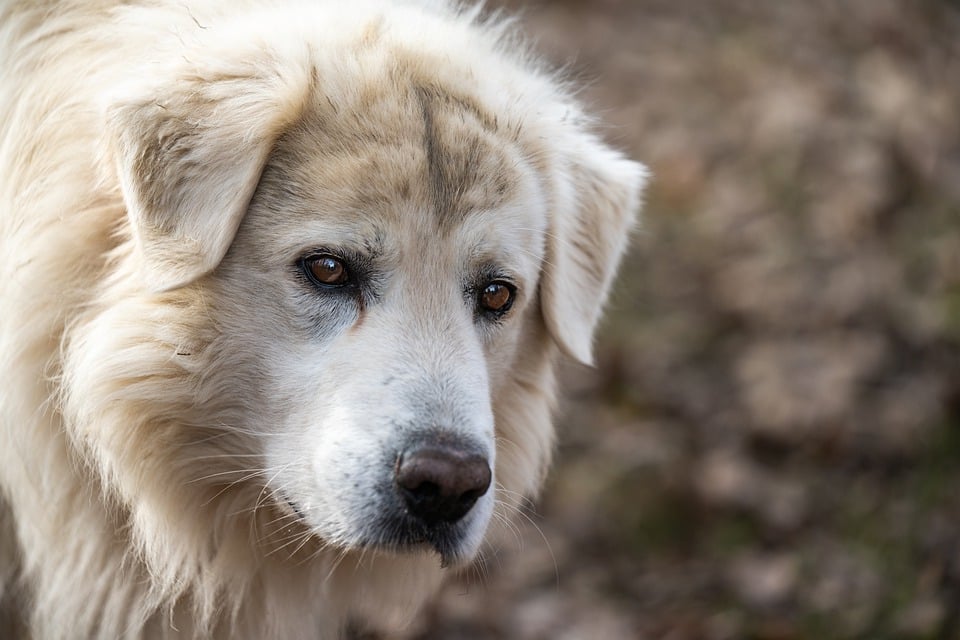Managing Stress During Travel or Changes in Routine: A Guide to Dog Care
Introduction:
Traveling or making changes to your dog’s routine can be a stressful experience for them. As responsible pet owners, it is essential to understand how to manage this stress effectively to ensure your furry friend stays healthy and happy. In this article, we will explore some useful tips and techniques to help you navigate these situations smoothly.
Understanding the Impact of Travel or Changes in Routine on Dogs
Recognizing the Signs of Stress in Dogs:
– Increased panting and salivation
– Excessive barking or whining
– Restlessness and pacing
– Loss of appetite or digestive issues
– Aggressive or fearful behavior
– Excessive shedding or grooming
Why Dogs Experience Stress during Travel or Changes in Routine:
– Breaking their familiar routine
– New environments and unfamiliar surroundings
– Lack of predictability and control
– Exposure to new sounds, smells, and sights
– Separation from their owners or familiar companions
Preparing Your Dog for Travel or Changes in Routine
Consult Your Veterinarian:
– Schedule a check-up to ensure your dog is fit for travel
– Discuss any specific concerns or health conditions with your vet
– Update vaccinations and medications if necessary
– Obtain a health certificate if required for travel
Gradual Exposure to Changes:
– Introduce new elements gradually to reduce stress
– Familiarize your dog with travel crates or carriers
– Practice short car rides or trips to new places
– Introduce new sounds, smells, or routines in a controlled environment
Maintain a Consistent Routine:
– Stick to your dog’s regular feeding and exercise schedule
– Keep their sleeping arrangements as close to normal as possible
– Provide familiar toys, blankets, or bedding during travel or changes
Positive Reinforcement and Training:
– Reward your dog with treats or praise for calm behavior during travel or changes
– Implement basic obedience training to establish control and trust
– Use positive reinforcement techniques to build confidence and reduce anxiety
During Travel or Changes: Tips for a Smooth Experience
Provide a Safe and Comfortable Environment:
– Ensure your dog’s travel crate or carrier is secure and well-ventilated
– Use familiar bedding or blankets to create a cozy space
– Place toys or treats to keep them occupied during the journey
Frequent Breaks and Exercise:
– Take regular breaks during long journeys for bathroom breaks and exercise
– Allow your dog to stretch their legs and explore their surroundings
– Carry water and food to maintain their hydration and nutrition
Familiar Scents and Sounds:
– Bring items with familiar scents to comfort your dog, such as their bedding or your unwashed clothing
– Play calming music or use white noise to drown out unfamiliar sounds
FAQs – Frequently Asked Questions
Q1. How can I help my dog overcome travel or routine-related anxiety?
Q2. Should I sedate my dog during travel?
Q3. Can I use natural remedies or supplements to reduce stress in my dog?
Q4. How long does it typically take for a dog to adjust to changes in routine?
Q5. Are there any specific breeds that are more prone to stress during travel?
Q6. Can I hire professional pet transport services to reduce stress?
Conclusion:
By understanding the impact of travel or changes in routine on dogs and implementing appropriate strategies, you can minimize stress and ensure a smooth experience for your furry companion. Remember, patience, consistency, and positive reinforcement are key when managing your dog’s stress levels. Safe travels!









